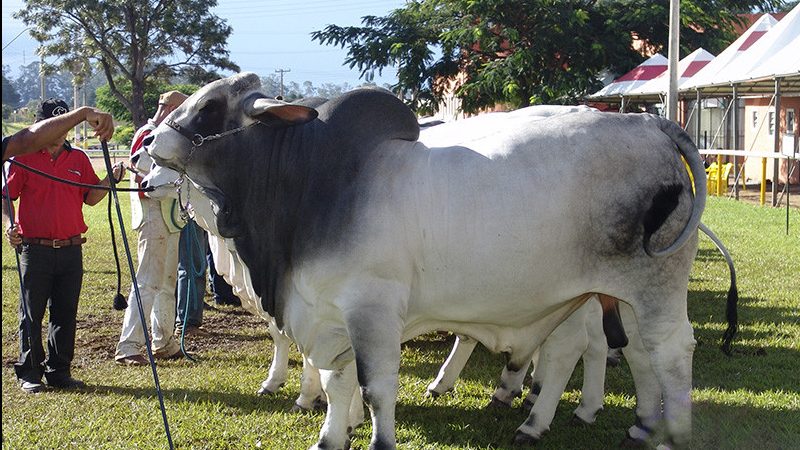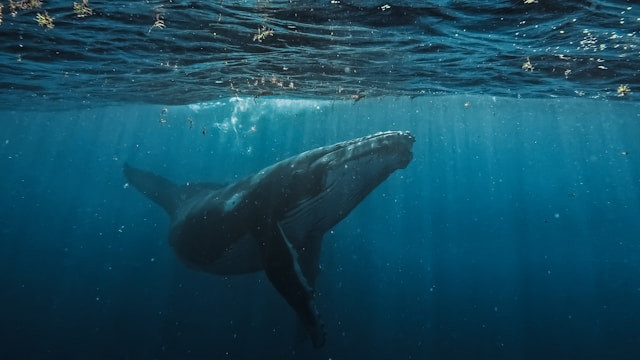The Secret Language of Animal Communication

©️ wirestock / Freepik
Animals may not speak our language, but they have a whole world of ways to share information with each other. This complex system of animal communication is essential for their survival and social interactions. Let’s dive into the fascinating world of how animals talk!
Forms Animal of Communication
Animals are multilingual, using a variety of methods to get their message across. Here are the main forms of animal communication:
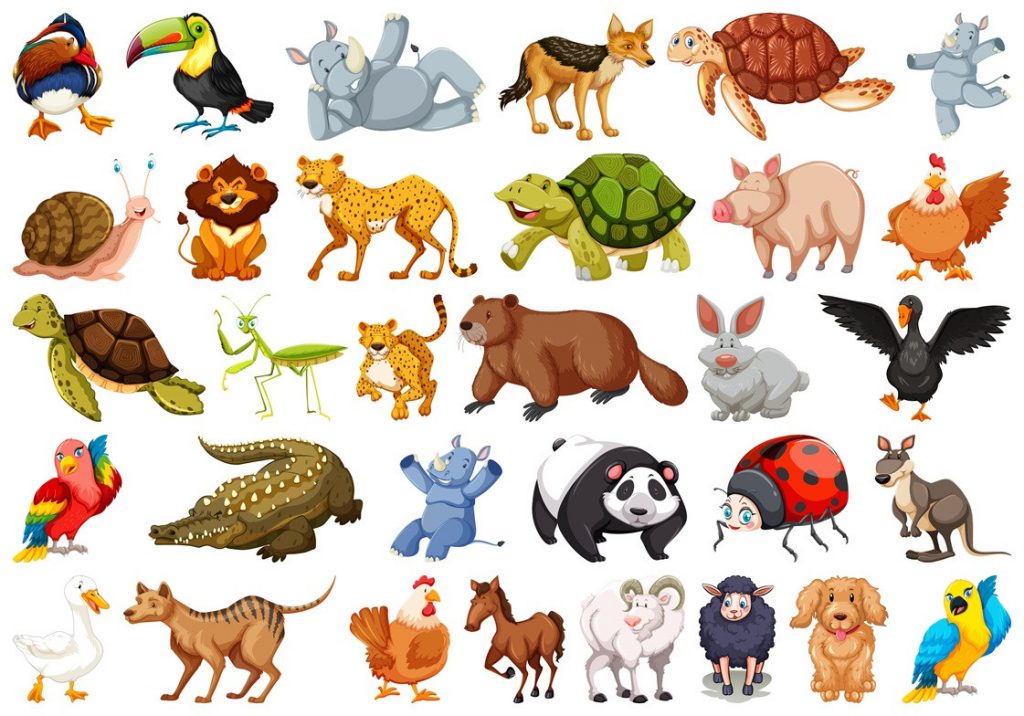
More Than Meets the Eye: Types of Animal Signals
Animal signals can be broadly categorized into two types:
- Unintentional signals: These are byproducts of an animal’s behavior that another animal can interpret. For example, the scent left behind by a predator can alert prey to danger.
- Intentional signals: These are deliberate actions designed to convey a specific message. A honeybee’s waggle dance tells other bees the location of a food source.
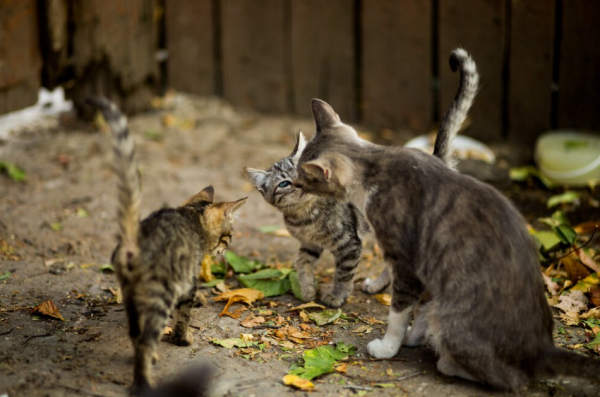
The Power of Scent: Pheromones in Animal Communication
Chemical Communication
Imagine a world of whispers carried on the breeze. Pheromones are scent signals released by animals that can be detected by others of the same species. These chemical messengers convey a surprising range of information, from a queen bee signaling the hive to swarm to a skunk’s pungent spray warning predators. Pheromones can even influence behavior – some ant species use them to create trails leading to food sources, while others use them to trigger mating urges.
Pheromones can trigger a variety of behaviors, such as:
- Mating: Many insects and mammals use pheromones to attract mates.
- Social cohesion: Pheromones can help animals recognize members of their own group.
- Territorial defense: Animals may use pheromones to mark their territory and warn others away.
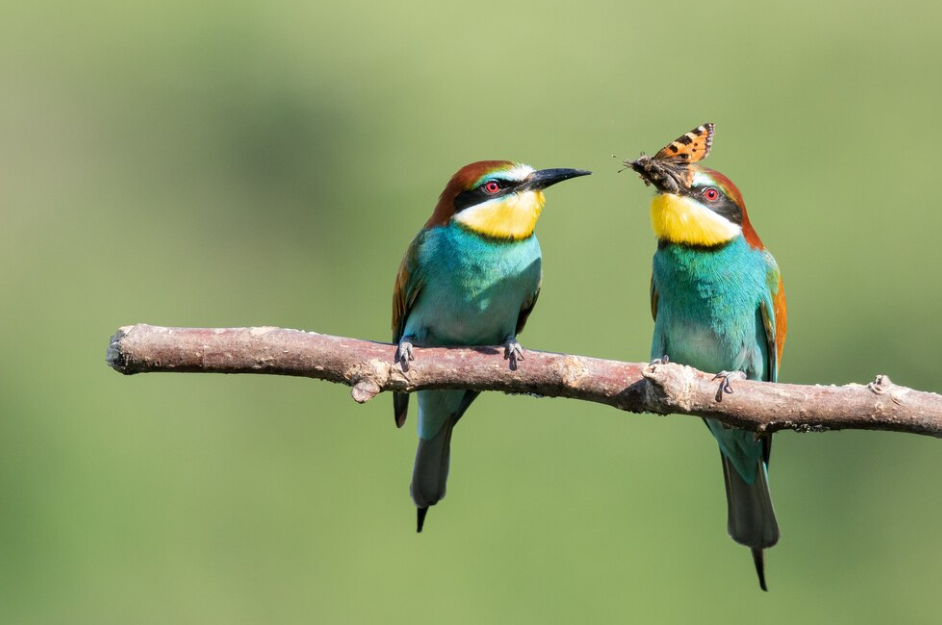
The World of Sounds: Auditory Signals in Animals
1. Auditory Communication
The animal kingdom is filled with a symphony of sounds. From the melodic songs of birds like nightingales to the haunting calls of wolves, animals use sounds to communicate a vast array of messages.
The rich repertoire of sounds in animal communication includes songs, calls, and echolocation:
2. Songs
The melodious songs of birds are more than just beautiful background music. They’re complex languages used for various purposes. Male birds use songs to attract mates, defend their territories, and even warn others of danger. Whales also use a sophisticated system of songs, with their haunting calls traveling vast distances and potentially serving social functions like maintaining group cohesion.
3. Calls
Animals use calls for a variety of purposes beyond singing. These calls can be short, sharp signals or more complex vocalizations. Alarm calls warn others of danger, such as a monkey’s screech alerting the troop to a predator. Contact calls help animals stay in touch with each other, like a mother cow calling out to her calf. Animals may also use calls to coordinate group activities, such as the synchronized hunting calls of wolves.
4. Echolocation
This fascinating ability is a marvel of the animal world. Bats and dolphins emit sounds and interpret the echoes to navigate their environment and locate prey. By clicking and interpreting the returning sounds, they can build a mental picture of their surroundings, essential for hunting and avoiding obstacles in complete darkness or murky water.
A Visual Feast: Visual Signals in Animals
1. Visual Communication
The animal world is a visual feast, and many creatures use their bodies and appearances to send messages. Body language and coloration are powerful tools. The animal world is a kaleidoscope of colors, patterns, and postures, all of which can be used for communication:
2. Body Language
This is a crucial aspect of animal communication, often working in conjunction with sound or scent signals. A dog’s wagging tail signifies friendliness, while a cat’s flattened ears and arched back indicate aggression. Submission postures, with lowered bodies and averted eyes, are used by various species to communicate defeat or appease a dominant individual. Understanding animal body language helps us better interpret their behavior and intentions.
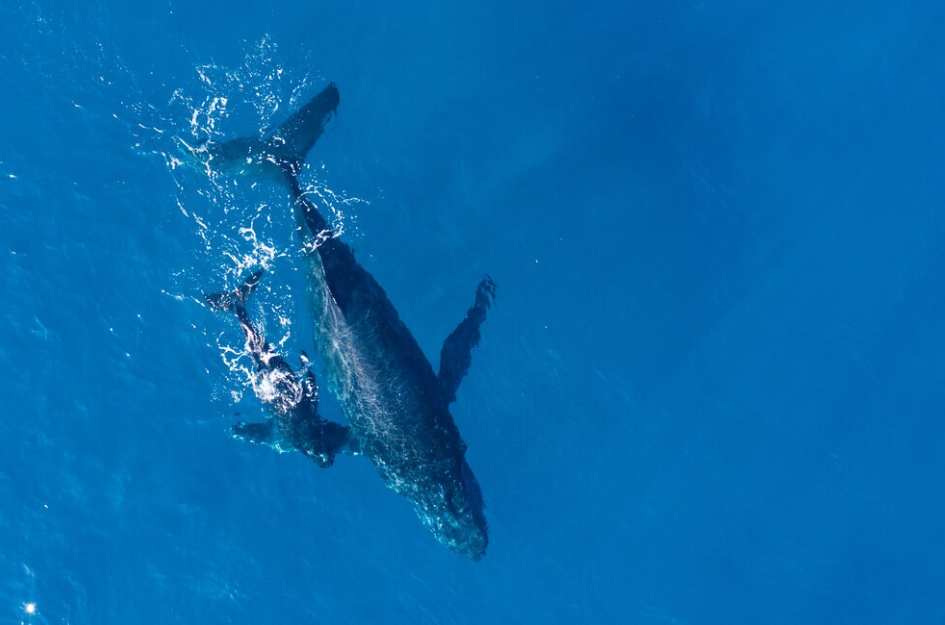
3. Coloration
The vibrant colors and patterns sported by many animals are more than just visual decoration. They can be powerful communication tools. The bright plumage of male peacocks is a dazzling display used to attract mates, while the stripes of a zebra might confuse predators with their movement, making it difficult to single out an individual. Many animals also use camouflage to blend into their surroundings, a vital strategy for avoiding predators.
4. Displays
Some animals take visual communication a step further with elaborate displays. Male birds of paradise might put on spectacular shows with their vibrant feathers and dancing movements, all in an attempt to impress potential mates. Lizards may extend their dewlaps or perform push-ups to establish dominance or scare off rivals. These displays are a clear and intentional way for animals to communicate important messages.
Feeling is Believing: Tactile Signals in Animals
1. Tactile Communication
Touch is a powerful way animals connect with each other. Social grooming amongst primates like chimpanzees strengthens social bonds and helps maintain clean fur. Mothers use touch to comfort and care for their young, nuzzling and licking to create a sense of security. Play fighting between puppies or kittens is a form of tactile communication, allowing them to develop social skills and hone their hunting instincts.
Touch is another important way animals communicate:
- Grooming: Social grooming among primates and other animals strengthens social bonds and helps maintain healthy fur.
- Nurturing: Mothers use touch to comfort and care for their young.
- Play fighting: Pups and kittens use play fighting to learn social skills and develop hunting instincts.
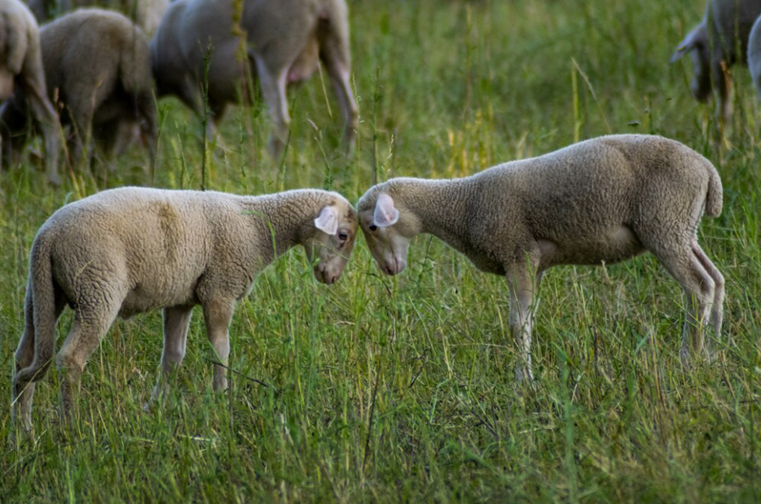
Why Talk is Important: Functions of Animal Communication
Animal communication serves a variety of essential functions:
- Survival: Animals communicate to warn each other of danger, find food and water, and avoid predators.
- Reproduction: Communication is key for attracting mates, finding suitable breeding grounds, and caring for young.
- Social organization: Animals use communication to establish social hierarchies, maintain group cohesion, and coordinate activities.
By understanding how animals communicate, we gain a deeper appreciation for the complexity and sophistication of the animal world. Animals are such an important part of the environment and of our lives. Trying to understand them makes us more human.
What is your favorite animal sound? Tell us in the comments.
You may also like: Behind The Cognition & Intelligence Of Crows

